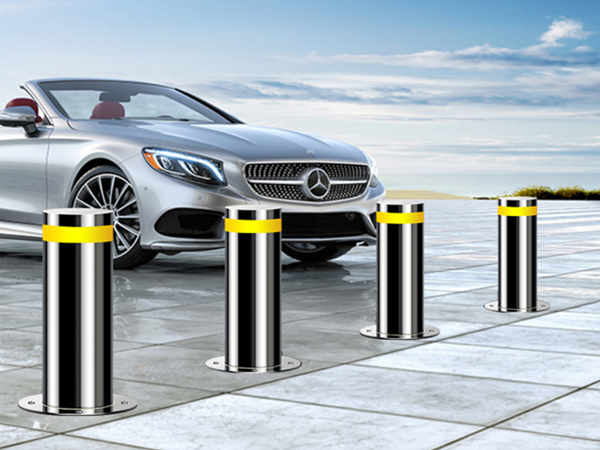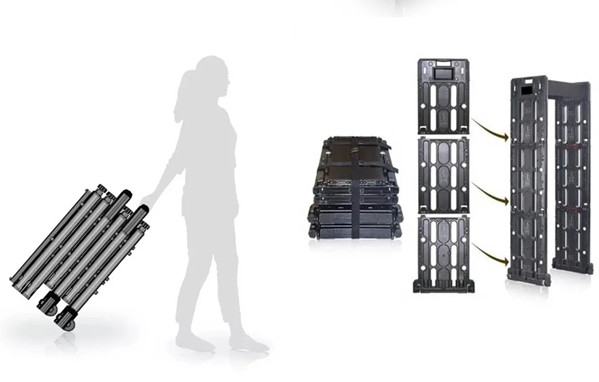What are the characteristics and advantages of container frames?
Shipping container house frame refers to the architectural structure framework built using shipping containers. It involves combining and connecting multiple standard shipping containers in a specific manner to form the framework of houses or other building structures. Shipping container house frames have the following characteristics and advantages:
- 1. Strength and stability: Shipping containers themselves have strength and stability, capable of bearing vertical loads and horizontal forces. The combination of multiple shipping containers forms a stable structure with strong support.
- 2. Rapid construction and flexibility: Since shipping containers are standardized and pre-manufactured units, assembling a shipping container house frame is relatively quick and easy. Additionally, container frames have high adaptability and can be extended, modified, or disassembled according to needs.
- 3. Portability and reusability: Shipping containers are inherently portable, and thus, shipping container house frames are also characterized by their mobility and ease of relocation. Furthermore, container house frames can be reused multiple times, making them suitable for temporary or long-term usage.
- 4. Weather resistance and durability: Shipping containers are typically made of weather-resistant steel, providing durability and resilience. This enables shipping container house frames to withstand harsh weather conditions and environmental impacts.
Shipping container house frames are widely applied in various places and purposes, such as temporary accommodation, offices, shops, exhibition halls, hotels, schools, and medical facilities. They are suitable for rapid construction of temporary or permanent buildings, meeting housing and office requirements, particularly for temporary projects, emergency relief, and temporary residential spaces.

 Lifting columns, also known as lifting ground columns, lifting bollards, anti-collision bollards, hydraulic lifting columns, isolation piles, etc. It is widely used in urban transportation, military and important national agency gates and surroundings, pedestrian streets, highway toll stations, airports, schools, banks, large clubs, parking lots and many other occasions. By restricting passing vehicles, traffic order and the safety of major facilities and places are effectively guaranteed.
The main categories are as follows:
Lifting columns, also known as lifting ground columns, lifting bollards, anti-collision bollards, hydraulic lifting columns, isolation piles, etc. It is widely used in urban transportation, military and important national agency gates and surroundings, pedestrian streets, highway toll stations, airports, schools, banks, large clubs, parking lots and many other occasions. By restricting passing vehicles, traffic order and the safety of major facilities and places are effectively guaranteed.
The main categories are as follows:









